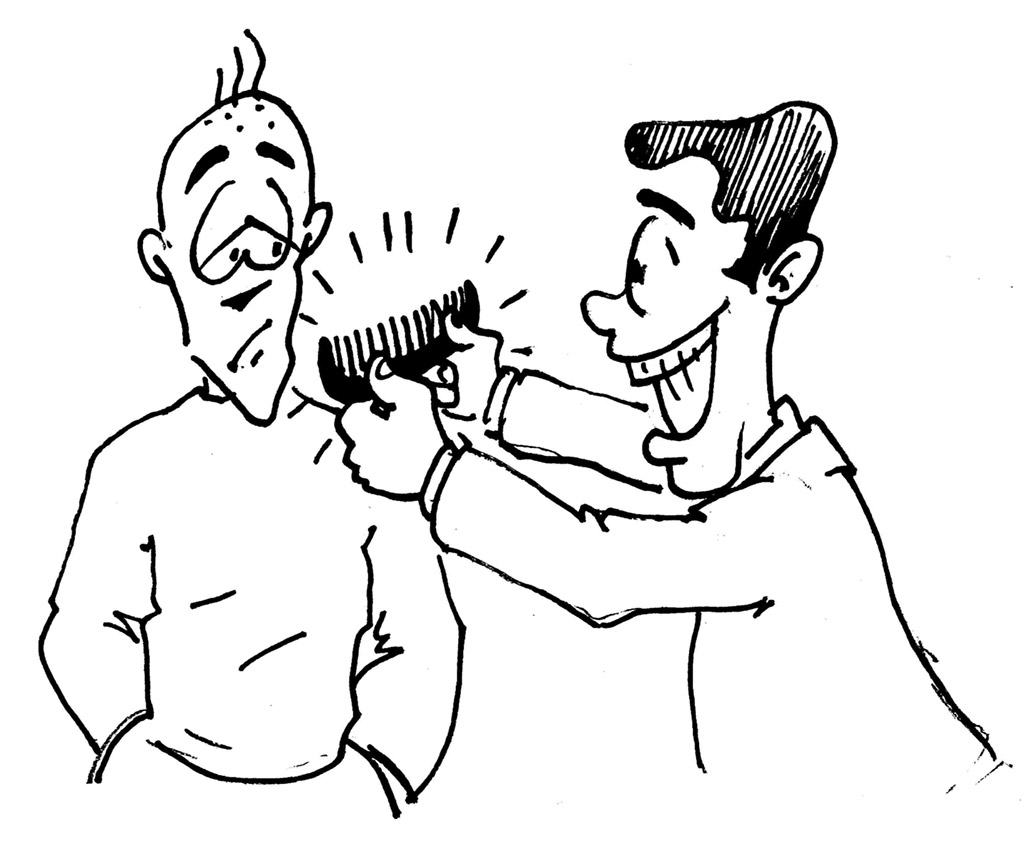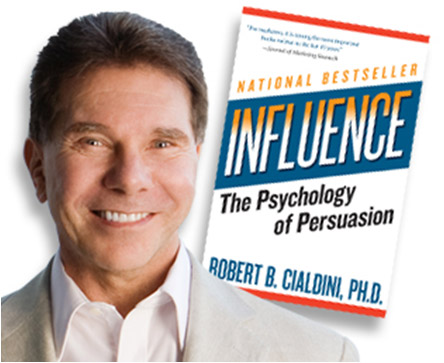Chapter 1: Exercising Influence
1.2 Six influence mechanisms by Robert Cialdini


In his book Influence: Science and Practice Robert Cialdini (2008) describes six principles of persuasion that rely on our automatic, evolutionary reactions in certain situations, and can be used to exert influence on us.
#Cialdini #sixprinciples #persuasion
People prefer to say yes to those who they like. Who do we like?
- people physically attractive,
- people who pay us compliments,
- people who are similar to us,
- people who cooperate with us towards mutual goals,
- people who we associate with something pleasant.
People, when in doubts or just taking a decision making shortcut, tend to follow the lead of credible knowledgeable experts or people who they perceive as such. The principle works even if the person is not a real authority but simply makes such an impression, or by stereotype they are recognized as such - for example by using a scientific title or wearing a uniform specific for a group associated with authority (e.g., police, medical doctors).
People want more of the things (physical goods, relationships, information etc.) that are scarce since scarcity makes them more attractive, having more value. Moreover, scarcity deprives us of the freedom of choice and the need to regain it, makes the possibility of choice that was taken from us more attractive. According to Cialdini, the possibility of losing something seems to be a stronger source of motivation than a profit of a similar size.
Often when in doubt or when lost we tend to decide that something is correct, e.g. a specific behaviour, based on what others think or do. This, for example, is the reason for using laughter tracks in sitcoms. People find them funnier when other people laugh, even when the laughter is canned. Uncertainty of how to act in a situation combined with others being similar to us are the factors that increase the effect of social proof.
It is very difficult to change our minds once we have made a decision. We strive to be consistent. Our future decisions are made to justify the earlier, even when the earlier decision was bad. The thing that activates consistency is our commitment. To maximize the effect, the commitment should be voluntary, active, public and in writing. Expressing commitment in public makes a person more obliged to be consistent.
People tend to feel obliged to give back the form of behavior, gift, or service that they have received from others. The system of reciprocation has been so ingrained into our thinking and humanity, that we are conditioned to feel bad when we do not return the favor. The effect is stronger when the favor or gift is personalized and unexpected.
Quick assessment. Read the following example and mark the correct answer.
Quiz
Quiz question /
This is an example of:
This is an example of:
This is an example of:
This is an example of:
This is an example of:
This is an example of:
Next section